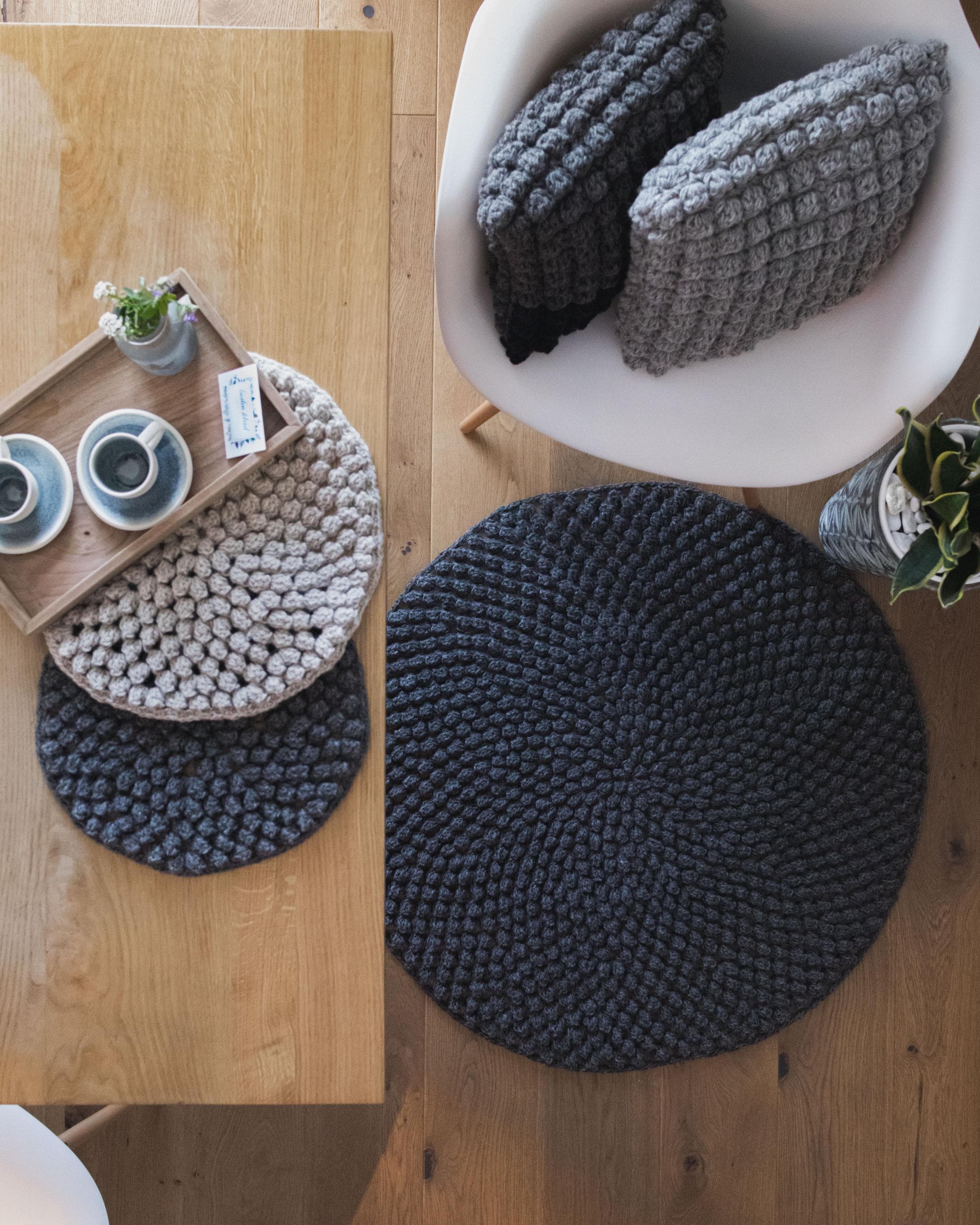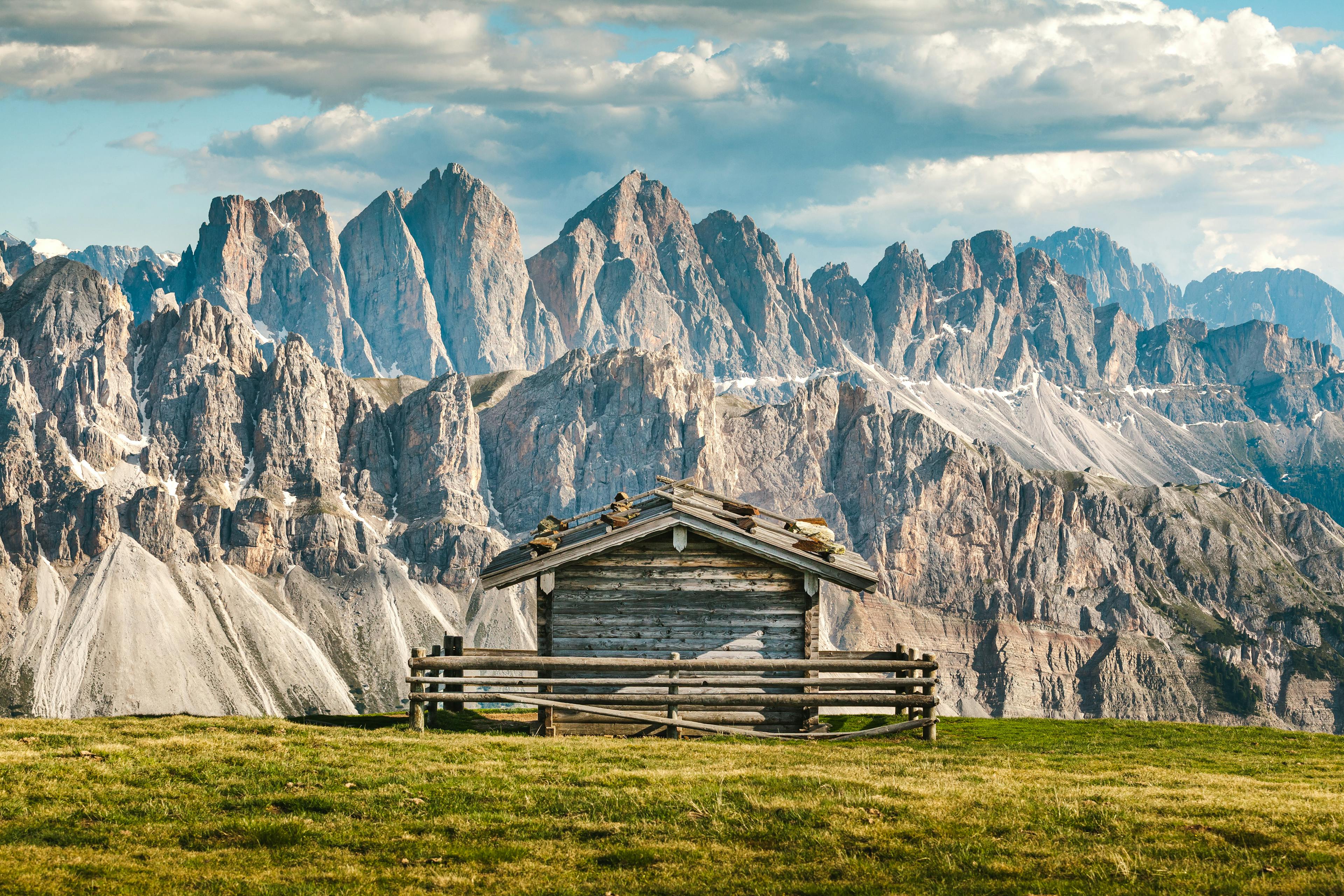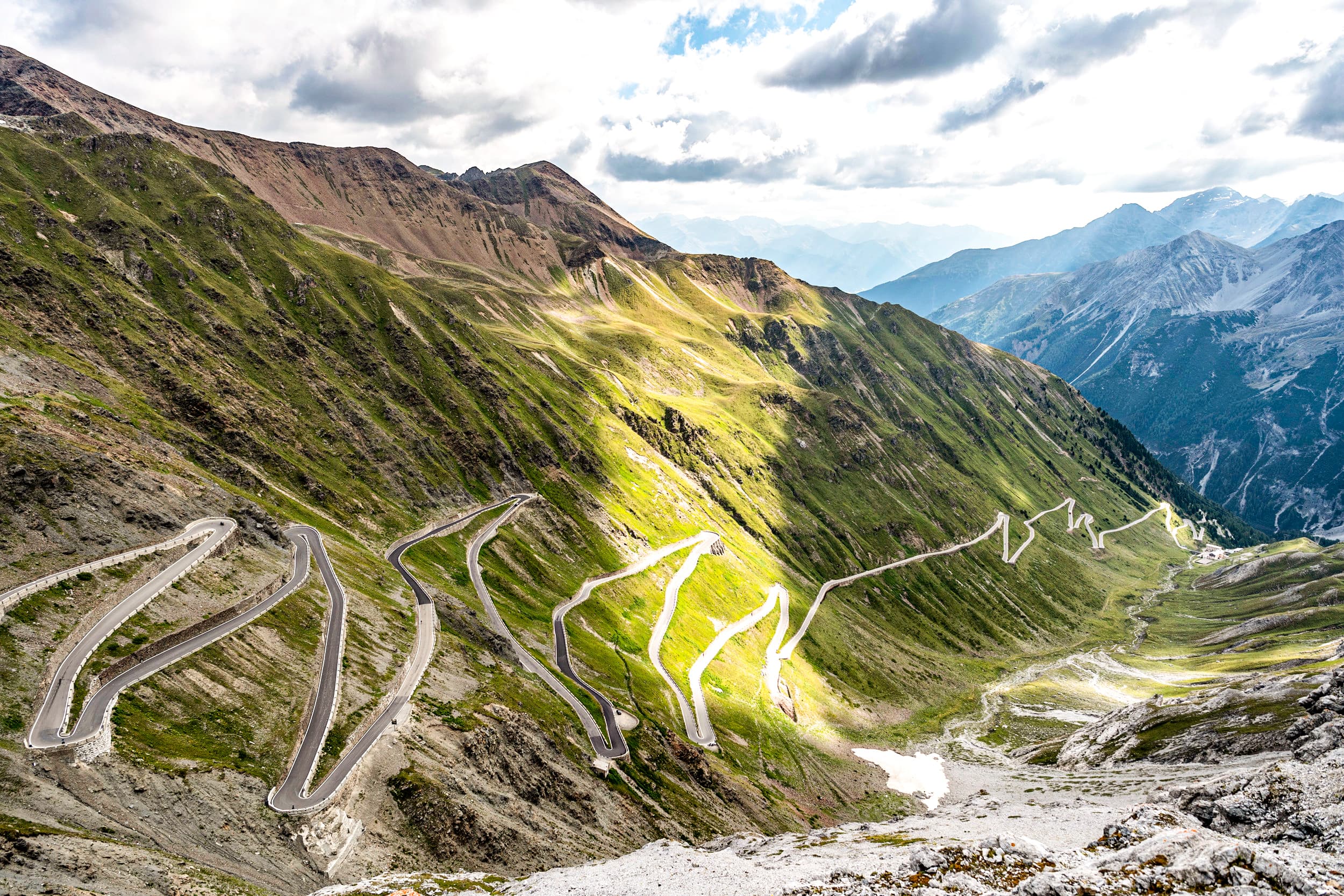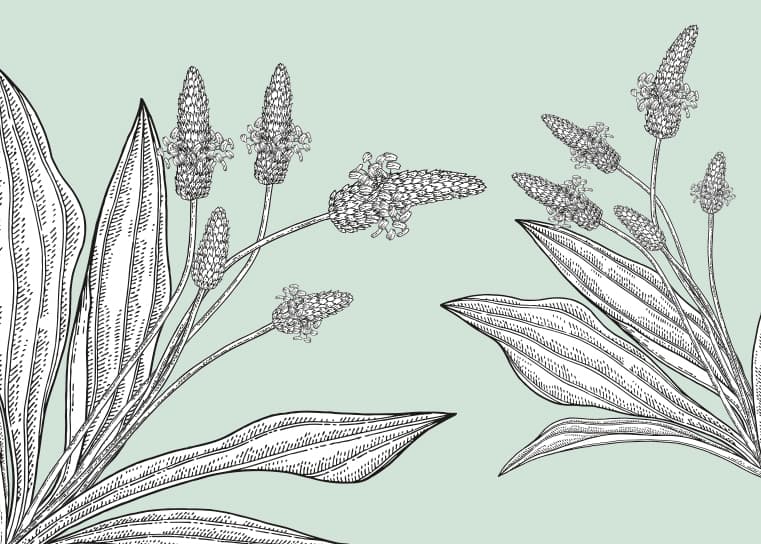stories
Lost in the Realm of the Saligen…
…From that moment on, an insatiable longing drove the growing boy to the heights of the mountains. Over time, he became a courageous mountaineer and a daring marksman, who scaled the most inaccessible rocks and slopes to hunt down the elusive chamois with a sure shot. A mysterious urge kept drawing him back to the…
Going for an ice-cold swim: a dream
Diving into ice-cold water or even swimming a few laps in it – this freezing pleasure is becoming more and more popular in South Tyrol’s bathing lakes. Body, mind and soul equally benefit from diving into the wintry waters. The very sight of South Tyrol’s picturesquely situated bathing lakes in winter is a fairytale experience.…
Even the floor needs an outfit – made-to-measure dreams in sheep’s wool
A small village situated high above the Merano countryside. A farm at the end of a field path. Here, surrounded by trees that are centuries old, you will find the home of Johanna Aichner. In addition to the cultivation of organic vegetables, very special artisanal products are created here. Curve after curve, the road climbs…
A kingdom for the bees
Filomena and Amalia Oberschartner lived on the Plattnerhof until 1975 – without any electricity, gas or running water. Today, the farm in Renon is not only a witness to a time long past, but also a beekeeping museum and home to countless bees. Bees buzz past me as I walk up to the Beekeeping Museum.…
Far away, close by
Sometimes you have to take a step back and look at things in order to get closer to them. The blogger and author couple Judith Niederwanger and Alexander Pichler have had exactly this experience. Not only do they want to capture the scenic diversity of South Tyrol – but with their photos they want to…
The white gold of Lasa
It is hard, but not rigid. Massive and compact yet extremely elegant due to its natural grain. Its trademark: versatility. Back in Roman times, exclusive Lasa marble lined the historic Via Claudia Augusta in the form of milestones. Today, you can find it in the monument to Queen Victoria in front of Buckingham Palace in…
Up and down the alpine passes
Curves and hairpin turns, climbs and switchbacks at dizzying heights wind their way through the alpine landscape of South Tyrol. Here, crossing the mountain passes means discovering natural beauty, as well as the cultural and historical attractions that offer an authentic experience. Stelvio Pass -The queen of alpine roads The Stelvio pass, in the Ortles…
There most certainly is a cure for that!
Every single medicine we can buy in the pharmacy these days has been tested for efficiency and side effects by a long line of doctors and pharmacists, but each of these drugs has been derived from an active component in a plant. Depending on the cultural environment, era and geographical factors it was either druids,…
 Partner
Partner







